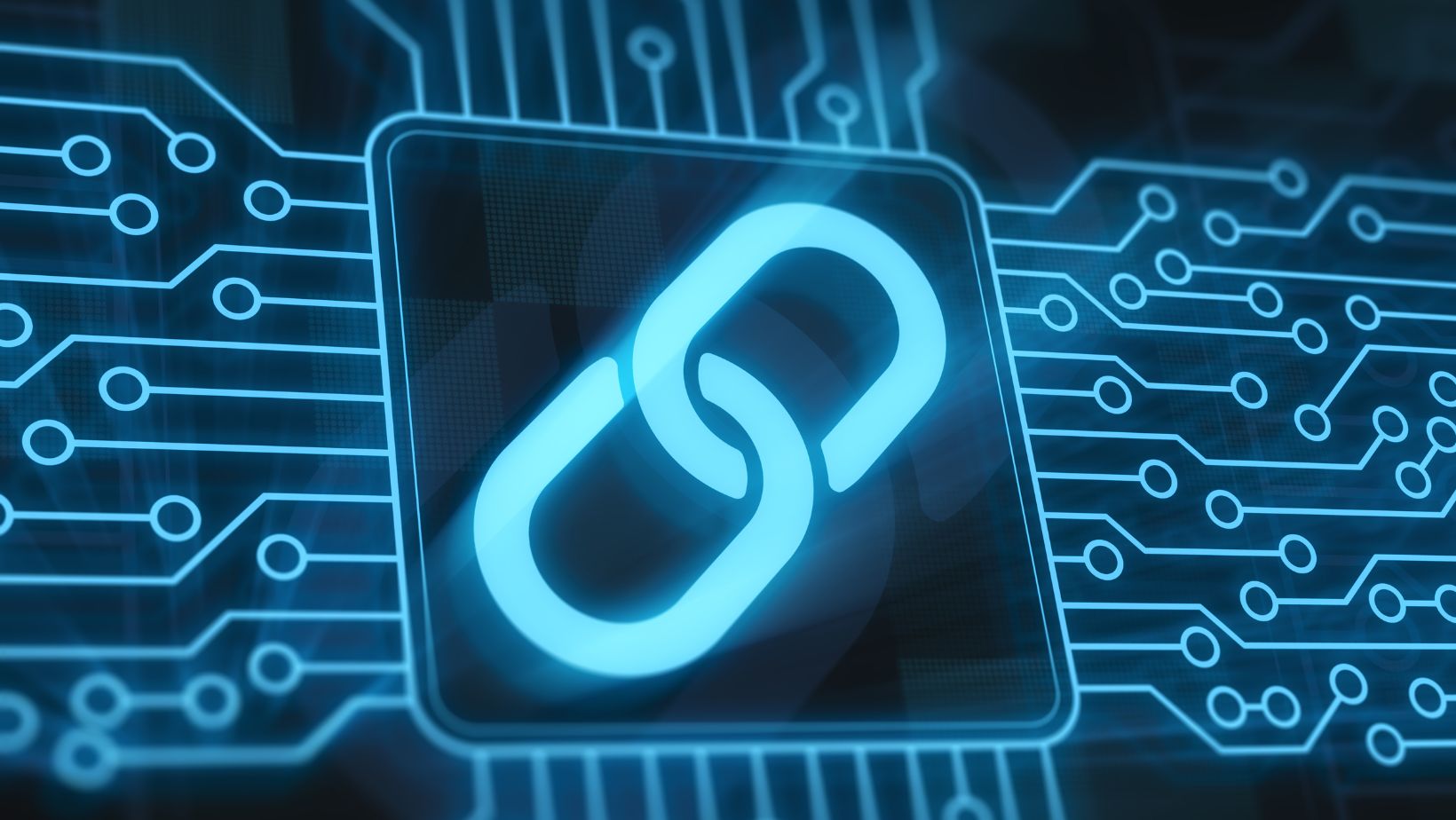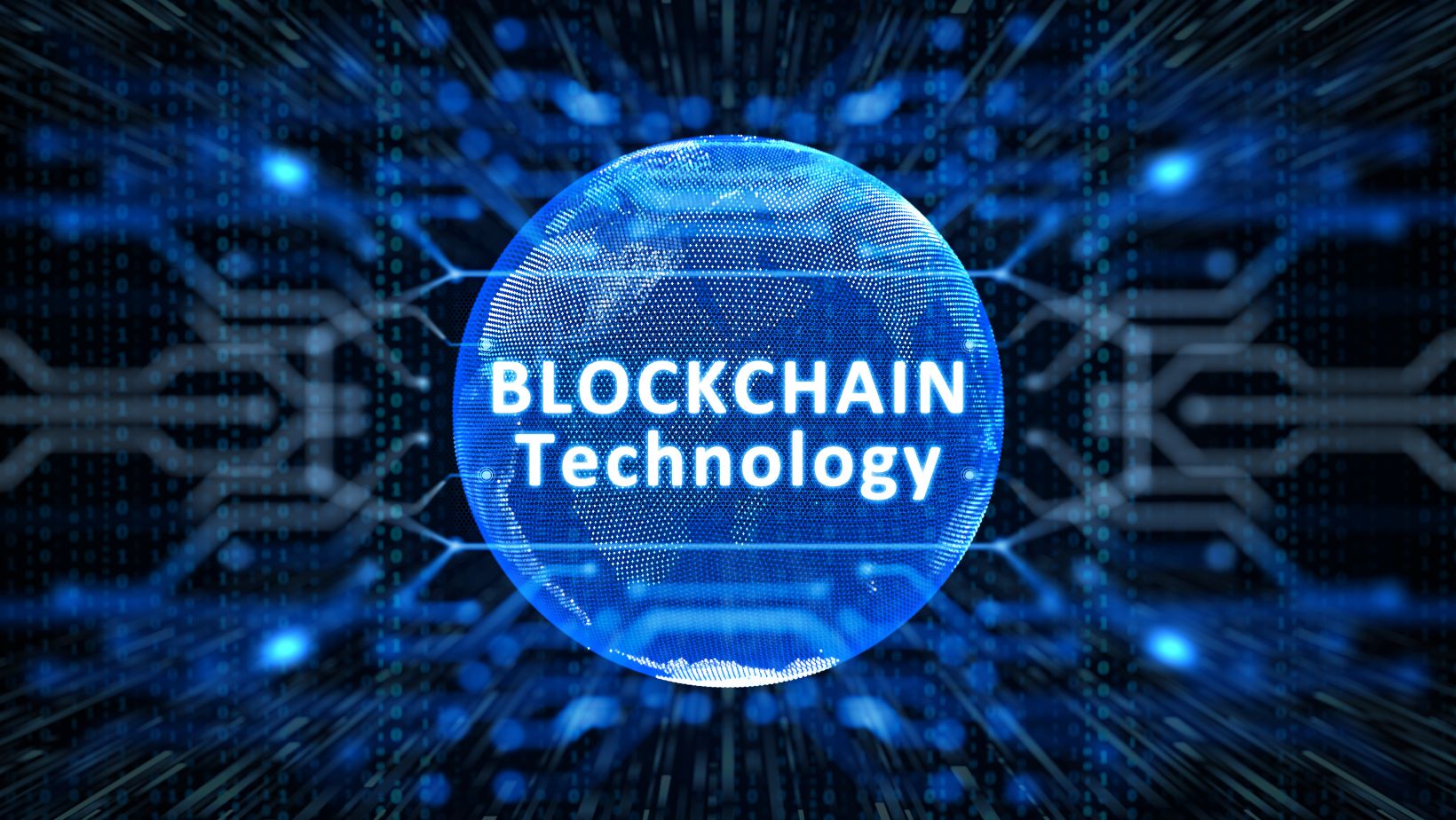It hasn’t been too long since the dawn of blockchain technology. However, most industries have already started making it the backbone of their success. One sector in particular that is leading this charge is gaming. Based on a report by DappRadar, blockchain gaming generated over $2.5 billion in investments in 2022 alone.
But blockchain’s role in gaming extends far beyond cryptocurrency payments; it introduces decentralization, immutability, and NFTs (non-fungible tokens), revolutionizing the way players interact with games. Let’s go over these groundbreaking changes in more detail.
Play-to-Earn (P2E) Economic Models
Gaming traditionally required players to spend money (pay-to-play or pay-to-win models), but now, play-to-earn (P2E) allows you to earn rewards in the form of cryptocurrency or NFTs.
One operation that uses this model quite well is crypto casinos. Players can engage in games, lotteries, and bonuses, earning crypto rewards through an app and a website, or even channels like Telegram. Players get the chance to win and trade digital assets that hold real value, unlike traditional models where in-game purchases have no real-world value.
P2E gives everyone a fair chance to earn by playing games, allowing gamers to earn an income from their time and skills. As a result, gamers in developing countries have turned gaming into a full-time income source.
True Ownership of Digital Assets
Players only “rent” digital assets in traditional games, and this is where we’ve seen the biggest change. If a game shuts down, normally all purchased skins, weapons, or characters disappear, but blockchain changes this by allowing players to own their in-game assets as NFTs.

This means that the assets become portable and tradable, which gives you more control as a player. With some games, you can own NFT-based creatures that you can trade or use in battles, and with others, you can customize NFT characters and transfer them across compatible games.
This ownership model has solved a major issue: assets don’t vanish if a game closes, and this has created a more permanent and valuable gaming experience for players.
Decentralized Governance (DAOs)
Blockchain gaming has introduced something known as Decentralized Autonomous Organizations (DAOs), which give players voting rights on game updates, policies, and economies. This change helps games grow based on what players want, not just what makes companies more money. This has resulted in more community-driven development projects, which have great benefits, including:
- Players have a direct say in the game’s future.
- Transparency in decision-making.
- Reduced central control leads to fairer ecosystems.
A Unified Gaming Metaverse
Gamers could only imagine being able to use the same character, weapon, or skin across multiple games, but blockchain has now made it possible. This happens through interoperability, which allows assets to move freely between different gaming platforms. It improves the gaming experience by reducing redundancy and increasing asset utility across different virtual worlds.
Cross-game asset portability could lead to a unified gaming metaverse where all players’ investments in digital assets can retain long-term value. The idea is to make it easier for smaller game makers to create games that connect players and reward them for the time and money they spend on different games.
A Safer Gaming Environment
Hacking, cheating, and fraud are major issues in gaming, and with blockchain technology, these risks are significantly reduced due to its immutable and encrypted nature.

Blockchain improves security and provides a safer and more trustworthy gaming ecosystem via transparent histories that verify asset ownership and transaction legitimacy, as well as smart contracts that ensure fair play.
New Revenue Streams for Developers
Game developers are discovering new ways to monetize their creations using blockchain. After a purchase was made back in the day, the money would go directly to the game company, but now, developers can keep earning from their creations after the first sale. Blockchain enables ongoing revenue opportunities through:
- Royalties on secondary sales: Developers earn a percentage each time an in-game asset is resold.
- Player-focused marketplaces: Gamers can trade skins, weapons, and characters, creating a dynamic economy.
- In-game economies: Players and developers benefit from a continuous flow of digital currency within games.
This creates a steady stream of income for developers and operators instead of relying only on new game purchases. Players also get to feel like they are part of a real-world market, while developers benefit from the ongoing exchange of digital goods.